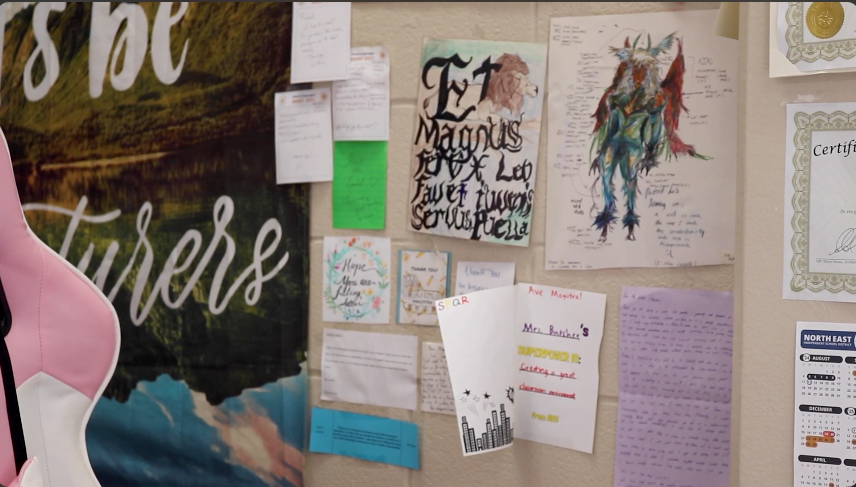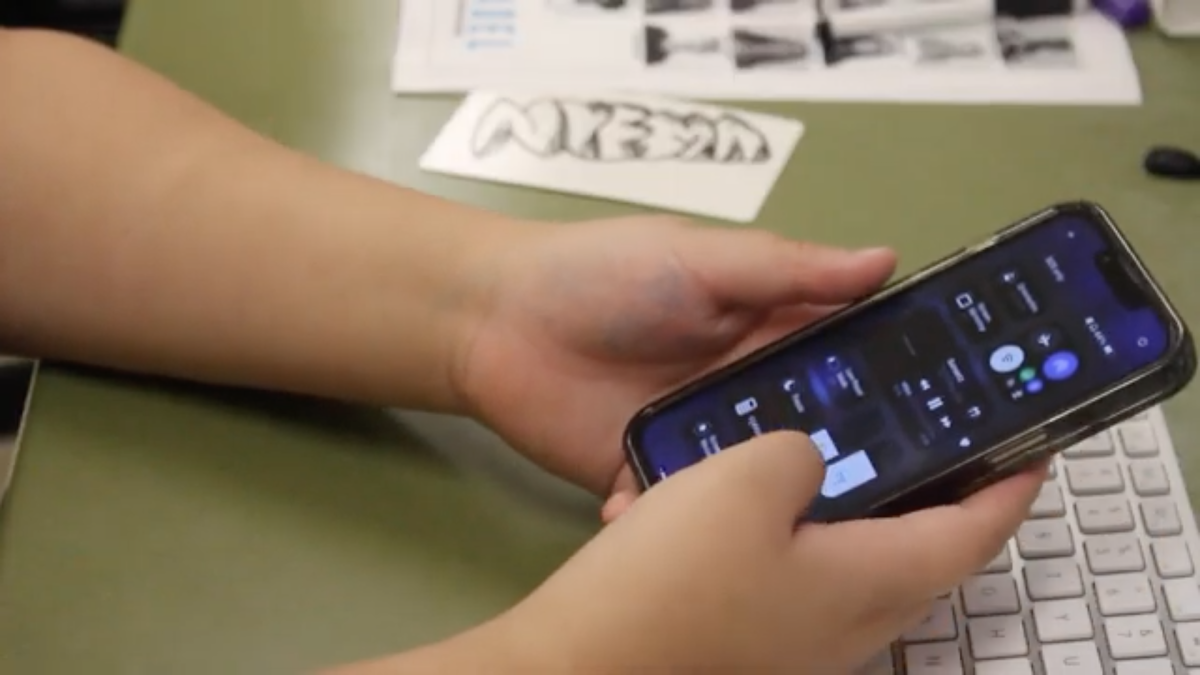by Karina Correa | tech editor
As time passes, students’ interest in a class or elective might change. Because of this, the class has the risk of getting taken out of the course card.
“We always try to create enough sections for the number of students that request a certain course. If fewer students request the course, there will be fewer sections of it offered. That can sometimes cause schedule conflicts where students need to choose an alternate course,” Head counselor Courtney Tarbox said.
Losing interest might not be the only reason why a class gets less students each year. The way the course is presented plays a role in students’ decision on taking the course; maybe it looks difficult, or it seems boring.
“When people don’t sign up I think it’s because they don’t get much exposure. In a lot of classes I never really saw what they do or what they are about,” junior Conner Brooks said.
One possible way to enhance student motivation is to allow students to choose topics for papers and projects that connect the course content to their outside interests and passions. Instructors might want to provide a restricted set of options and sufficient time to choose among them. This can enhance motivation without overwhelming students with too many choices.
“The minimum number of students needed for a class varies depending on the content area and nature of the class. For example, a highly specialized practicum course may only have a few students,” Tarbox said.
The school evaluates the situation and discusses the alternatives for a course that might be of a better liking to the students.
“There is a team of Deans and Department Heads that work with our Curriculum AP to evaluate all the course requests for next year and help plan out staffing to offer classes that best meet the needs of our students,” Tarbox said.
Even our school has had courses that are no longer available, such as Mandarin.
“Some courses are no longer offered because curriculum or graduation requirements have changed. For example, Healthy Lifestyles was a required course that combined Health and PE, but when graduation requirements changed, that course was no longer needed and we stopped offering it in exchange for more options in PE courses offered,” Tarbox said.
Research has shown over the years that students are more engaged when they feel that what they are learning is connected to life outside the classroom.
“This year someone I know wanted to get into some kind of animation class, they weren’t able to get in. They said less than 10 people signed up,” Brooks said.
There are courses that people don’t know exist. It might be because students don’t really match the name of the class on the course card to the actual course. For example, a student may think that a journalism class only involves writing, but in reality it involves more than that, such as interviewing, taking pictures, graphic design, and even uploading those stories to the school’s newspaper.
“I would assume that the elective tries to advertise or get people to join, and if that doesn’t work, then it may eventually stop being offered,” junior Joseph Coursey said.
One of the best ideas to engage students in these classes is to advertise it; on the school’s Instagram, Twitter, on the school’s hallways, bathrooms, or even through the announcements.
“Demonstrate the benefits of the elective,” Brooks said.
By involving more senses than sight or sound, student learning is taken to a new level. When students are able to feel artifacts or be involved in experiments, the information that is taught can acquire more meaning and spark more interest.
If students don’t believe that their efforts are able to improve their performance, they will not be motivated to work hard. Motivation can be affected, for example, if a course that has a reputation for being inordinately difficult. Students may also have had discouraging experiences in similar courses, heard a critique of the subject by a classmate, or on early assignments in a course that convince them they cannot do the work.
“I think if the classes got more exposure to events or the media they would be more well known and people would say ‘hey that’s a cool class, maybe I should try it out.’ that could get people to sign up,” Brooks said.
Students’ motivation will increase if they see that their efforts are helping them make progress towards a goal. It is important to provide opportunities for students to one, practice using skills and knowledge in a low-stakes environment, two receive timely, constructive feedback, and three incorporate that feedback into subsequent work. If students work hard with little result, it can quickly undermine their motivation. Instructors should consider giving students tips on how to study and work effectively.
Unfortunately, some marketing might not work to get students in the class. Hence, the removal of the class from the course card.
“That is why we ask students to select alternate courses in Skyward. If they cannot be placed in a course for any reason, we will look to their alternate choices to find a course that will work for their schedule,” Tarbox said.
If teachers scare students by saying that their course is a complex class and they will be in trouble if they don’t manage to learn it, they are bound to fail. Some students overreact under pressure and don’t see these messages as a challenge. Teachers need to take steps that help students feel like they are capable of understanding the material. Another thing that can be bothersome is the human voice, and others might be distracted by it. To avoid this, teachers can bring slideshows, music, videos, toys and games, bring a guest for a talk, or tell stories, this will get students out of the routine and make them more interested in the course. Instructors can relate the subject to their own life and circumstances. They can tell students how the teacher felt when they got in touch with that subject for the first time, and how they have applied it to their life so far.
Overall, students may “revive” an old course, or keep it going, if the information of that subject gets to them and they see how the class can be useful and entertaining for them.








